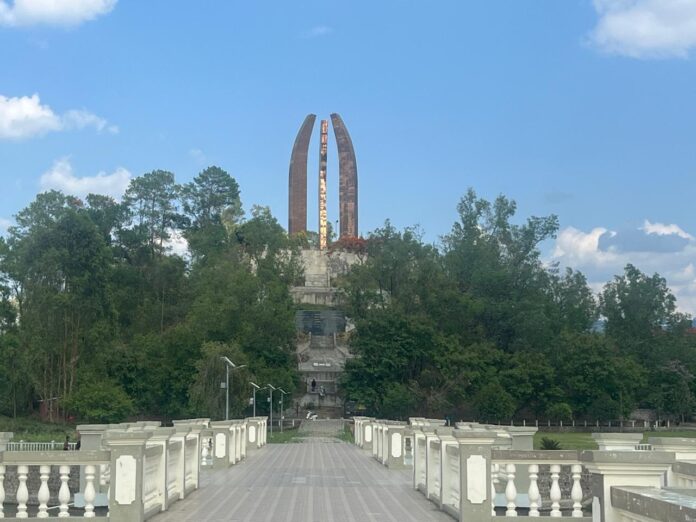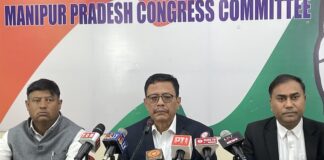Imphal: The Meitei Alliance on Saturday sharply criticized the “World Kuki-Zo Intellectual Council” (WKZIC) for its inaccurate portrayal of Manipur’s political history, particularly the claim that the state’s districts and subdivisions were organized along ethnic lines. The Alliance clarified that Manipur has never created districts based on community or ethnic divisions, contrary to what the Council suggested.
The Meitei Alliance, in a memorandum to the President of India, pointed out that in 1972, no new district was formed, and there were only five districts in 1969. The Council’s statement about six districts and the existence of Sadar Hills and Tengnoupal districts in 1972 was described as a fabrication. The Alliance issued this response after WKZIC petitioned the President to divide Manipur along ethnic lines, asserting that the demand for a separate “Kukiland” has existed since 1947 as a solution to Manipur’s political issues.
The Alliance emphasized that during British rule (1824–1947), subdivisions were created for administrative convenience, not along ethnic lines. This policy of restructuring districts and subdivisions was continued by the Government of India. In its memorandum, the Alliance noted that between 1893 and 1906, five administrative divisions (lams) were established—Mao Lam, Tangkhul Lam, Moirang Lam, Kapui Lam—without any basis in ethnic or tribal distinctions.
In 1919, three subdivisions were formed: the South-West Area (headquartered in Churachandpur, named after the King of Manipur), the North-West Area (with a temporary headquarters in Tamenglong), and the North-East Area (headquartered in Ukhrul). Large areas, including those inhabited by the Mao and Maram Naga communities, as well as other hill tribes, continued to be directly administered from Imphal.
In 1929, these three subdivisions were dissolved, but in 1932, Tamenglong subdivision was created, followed by the creation of Sadar and Ukhrul subdivisions in 1933.
The Meitei Alliance, which has a presence in both India and the UK, highlighted that on October 15, 1949, when Manipur officially became part of India, the Manipur Administration Order defined the state as the entirety of the territory under its jurisdiction at the time. In 1950, Manipur had only one district with eight subdivisions, including Sadar, Thoubal, Ukhrul, Churachandpur, and Jiribam, among others.
In 1969, the state had five districts: Manipur Central (Imphal), Manipur West (Tamenglong), Manipur North (Karong), Manipur South (Churachandpur), and Manipur East (Ukhrul). The sixth district, Tengnoupal, was created on May 11, 1974, by separating three subdivisions from the Central district. In 1983, two additional districts—Thoubal and Bishnupur—were created, bringing the total to eight, and several districts were renamed that same year.
The Alliance further noted that in 1996, the Imphal district was bifurcated into Imphal East and Imphal West, and eventually, Manipur’s districts were increased to 16. The memorandum concluded by urging the President not to act on the inaccurate data presented by WKZIC.


